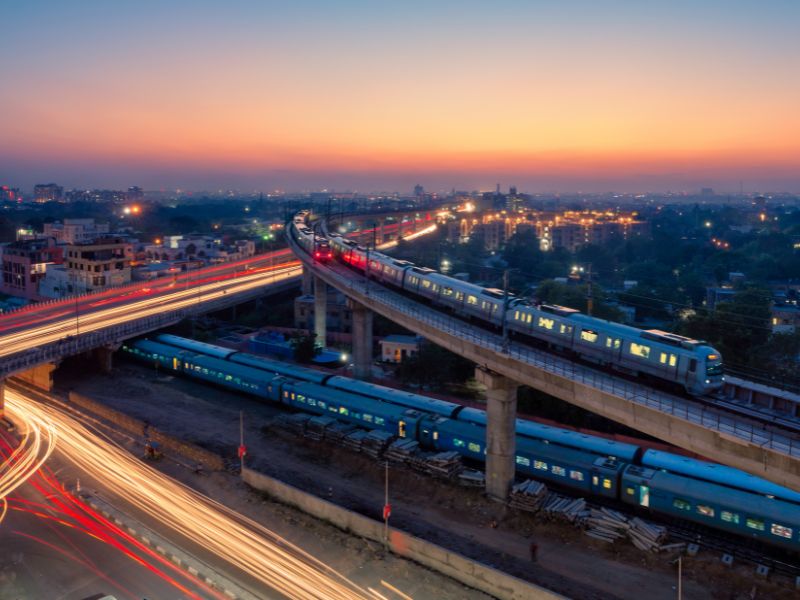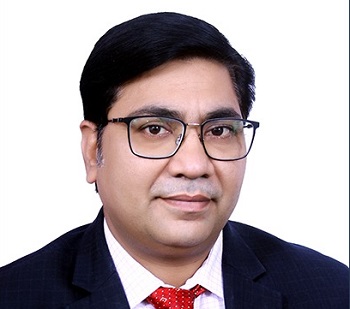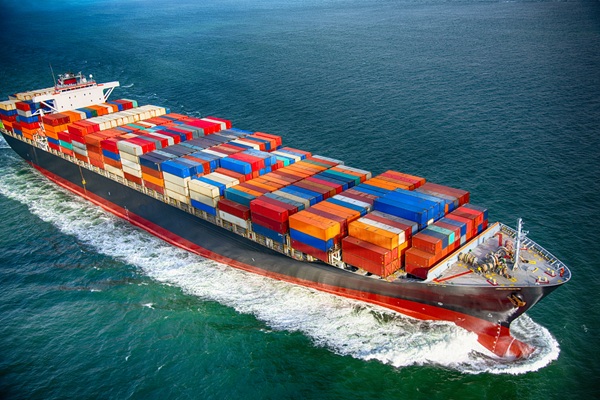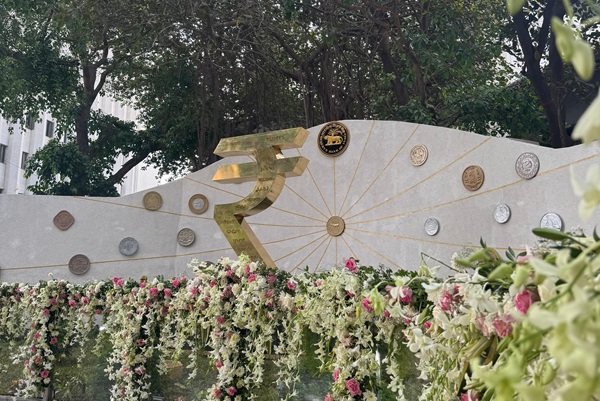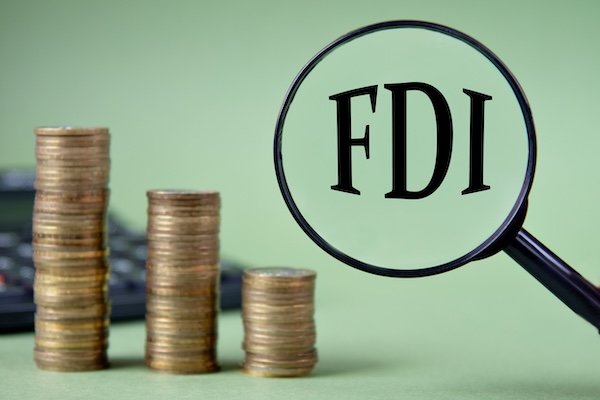.png)
February 20, 2025 at 4:07 AM IST
(Alok, a professor, and Pavan, a research associate, are affiliated with the School of Economics at the University of Hyderabad.)
In 2002, when Delhi NCR's first metro line between Shahdara and Tis Hazari was inaugurated by then Prime Minister Atal Bihari Vajpayee, it was only the second city in India after Kolkata to have metro rail running through its densely populated areas. Twenty-three years later, there are 23 cities (including Delhi and the NCR region - Gurugram, Faridabad, Noida, Ghaziabad, and with the Regional Rapid Transit System (RRTS) extending all the way to Meerut) having operational metro rail networks. Five more cities are in various stages of implementation, with additional projects under proposal.
According to the latest data from the Ministry of Housing and Urban Affairs, the total operational length of metro rail (including NCR's RRTS) is estimated to be 1,011 km, ranking India as the country with the third-largest urban mass rapid transit network in the world after China and the US.
Metro Economics
The major cities of Chennai, Mumbai, Hyderabad, Kochi, Bengaluru, Ahmedabad, Lucknow, and Pune also have a metro, supplementing the bus system and suburban rail, enabling seamless connectivity between different parts of the city. There is also a significant expansion of the metro network happening in these cities.
Amidst all this, the spotlight recently fell on Bengaluru following the decision of the Bengaluru Metro Rail Corporation to hike the metro fare by more than 70%. This was met with immediate backlash across the spectrum, leading to the prices being capped at 30%.
While such revisions of fares are driven by the financial obligations of the organisations operating the metro, the broader economics of mass rapid transit should also be analysed. Planners have called for further subsidising of public transit amidst growing congestion and increased use of private vehicles in cities.
In a paper by Prof. Geetam Tiwari and Deepty Jain of TRIP Centre, IIT Delhi and Infravision Foundation, the authors found that most cities did not meet the estimated ridership levels and were operating with much lesser ridership than was planned at the commencement of the project. This was noticed despite patronage for metro rail in cities like Bengaluru and Hyderabad. The authors also reported that metro rail was mainly relied on for limited-distance commutes.
This prompted a study by these authors on how metro rail across major Indian cities fares on parameters such as network length, accessibility, daily ridership, peak hour frequency, and other factors such as integration with different modes of transit such as airports, railway stations, and bus terminals, as well as the mode of operations (public or private). In a working paper by these authors, a composite metro rail index for 10 major cities was developed using 12 such indicators. A novel technique called the Shannon Entropy Weighting method was applied, which undertakes objective data weighting. Significant variation was observed in how metro rails in cities fared.
Delhi Leads
Delhi NCR, with its extensive network, train size, and connection with all three modes of transport, was ranked first. Bengaluru's Namma Metro followed second, while the country's oldest metro network, Kolkata, ranked third. The coastal city of Chennai ranked fourth, while Lucknow ranked fifth. The Maha Metro in Mumbai, which supplements the city's lifeline - suburban local trains, ranked sixth, followed by Nagpur at seventh and Cochin at eighth positions. Despite considerable ridership and having the third most extensive network in the country, Hyderabad's metro rail ranked ninth due to a lack of connectivity to the airport and a limited number of coaches per train (which has been stuck at three since its inception). Jaipur came tenth in the rankings owing to limited ridership, followed by Pune, which came in 11th. Despite a surge in ridership recently, Ahmedabad's metro ranked last, indicating poor performance.
The measurement shows a composite ranking with varying degrees of importance for different metrics relevant to studying metro rail systems. The results indicate that multimodal connectivity is a key element for the success of metro rail. Increased capacity of trains through additional coaches as well as trainsets to prevent overcrowding, as observed in cities like Hyderabad and Bengaluru, particularly during peak hours, is also a necessary factor to ensure continued patronage and address modal tilt towards the use of private vehicles. This implies that metro rail authorities in cities need to match the demand forecasts with effective supply systems at the proper intervals to avoid extreme levels of mismatch while also working to improve the demand in cities with low ridership.
Additionally, traffic control solutions that are being experimented with in cities like New York and London, such as congestion pricing, can work in Indian cities with a proviso: There should be sufficient coverage of the metro rail as well as adequate systems' capacity to handle the influx of passengers who would opt for the metro in lieu of cars or two-wheelers.
While it has not been factored into this index, findings also indicate that last-mile commute costs involving para-transit players such as Ola, Uber, and Rapido significantly influence metro ridership. Cities must address these factors while drawing up metro plans or expanding the existing corridors to improve metro rail systems' efficiency and accessibility.
As urbanisation continues, it is imperative for currently operational metro rail systems to ramp up capacity to cater to more passengers and address current loopholes related to coverage, last-mile connectivity, and multimodal integration.
Going forward, cities' Unified Metropolitan Transit Authorities (UMTAs) should be empowered to aid in forecasting demand and supplement the metro authorities with relevant planning and capacity strategies to ensure metro rail does not become a 'white elephant' for cities.
